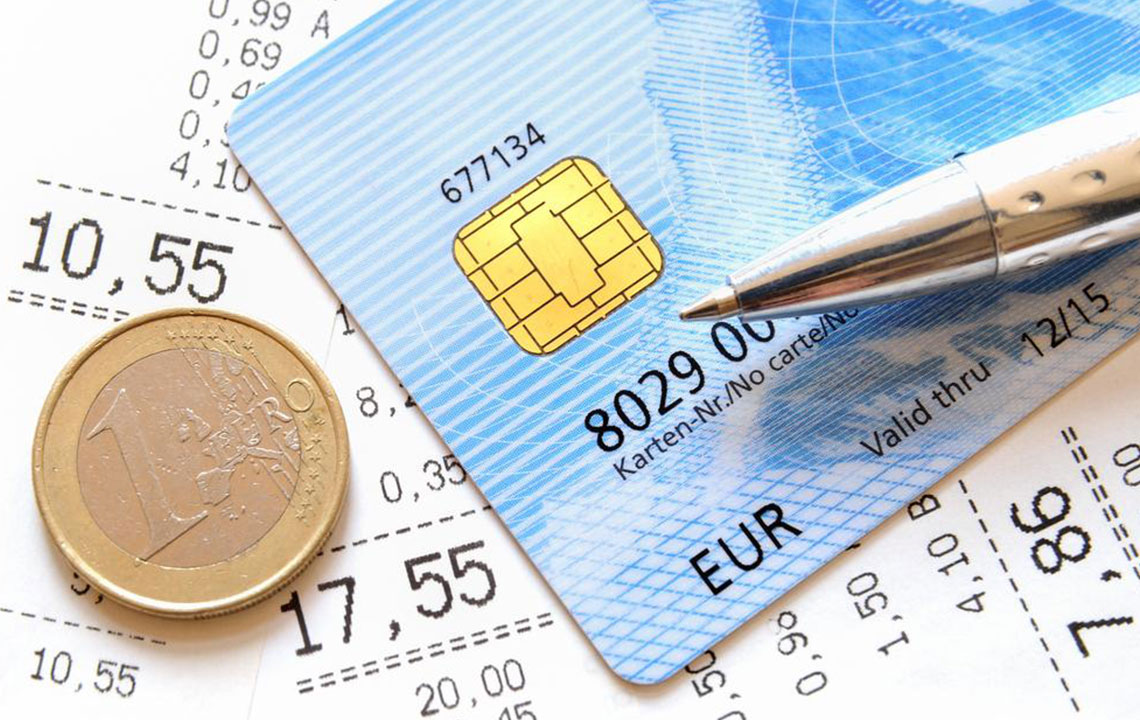Understanding the Process Behind Credit Card Payments
This article explains how credit card processing works, detailing the steps from payment authorization to settlement. Learn about the roles of banks, credit card networks, and merchants in facilitating smooth transactions. Understand the fee structure and the technology behind digital credit card payments for better financial awareness.
Sponsored

How Do Credit Card Payments Work?
Confused about how charges appear on your credit card statement? Here's a straightforward explanation of the key steps involved in credit card transactions, helping you comprehend how the system functions and what fees might be applied.
The main participants in credit card transactions include the cardholder, the merchant or business, the merchant's bank (acquiring bank), the cardholder's bank (issuing bank), and credit card networks like Visa, MasterCard, or American Express.
Initially, you present your credit card to the merchant for processing. At the point of sale, the merchant swipes the card using dedicated hardware and software provided by their bank. Thanks to technological advances and digitalization, this process transmits your card details almost instantly to a processor, which forwards the request to the issuing bank. If the bank approves the transaction, it sends an authorization back through the card network to the merchant, confirming the payment.
After authorization, your part in the transaction concludes. Behind the scenes, the settlement process begins—your bank debits your account, while the merchant’s bank credits their account. Both banks are part of credit card networks that serve as clearinghouses, facilitating the transfer of funds. The bank that issued your card transfers the payment amount to the merchant’s bank. Subsequently, you are responsible for reimbursing your bank the purchase amount along with any applicable fees, as per your cardholder agreement.






